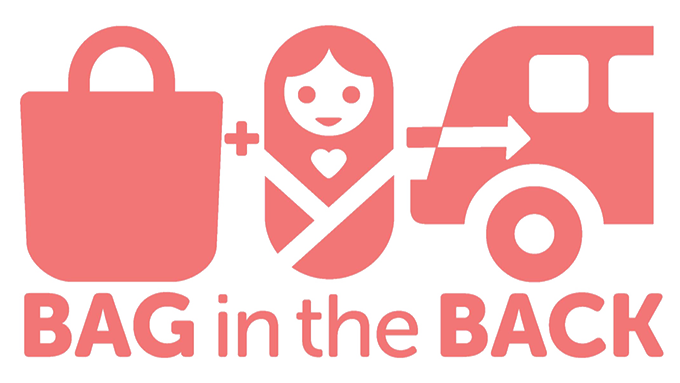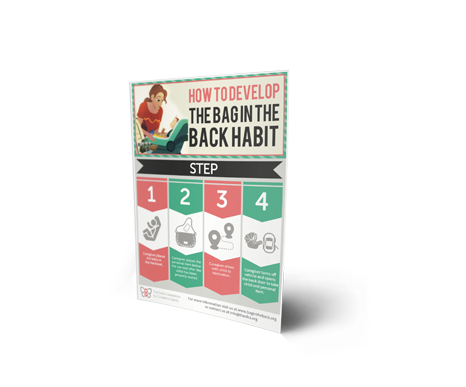Translate this page
Rules to live by
Car Safety & Heatstroke Prevention Tips
![]()
Never leave your baby or child alone in the car, or in any closed motor vehicle – not even for a minute.
![]()
Put your bag, cell phone, or purse in the back seat, so that you enter in the routine of always opening the door and check the backseat when you get to your destination.
![]()
Before you get out of your car, look before you lock: check the back seat to make sure no children are in the car.
If someone else is transporting your child, call to make sure your child has arrived at the destination.
Keep your vehicle locked when it is not in use, so that children do not climb into the car and lock themselves in.
If you see a child alone and unattended in a car, or are concerned about a child in a car, don’t hesitate: call 911 to get help.
Prevention FAQs
Common Questions
Always keep your car locked – even in your garage or driveway. Children might get into a car to play or retrieve a forgotten toy. Once inside, they may not be able to unlock or open heavy doors. Children may also get into a trunk to play hide and seek.
If your child goes missing, check pools first and cars second, including the trunks. You can also teach your children, if they ever get trapped in a car, how to honk the horn to get help. Inside the home, store car keys away from the reach of children.
Yes, leaving a child in a car, even for a minute, comes with great risks.
While the number of children that die in a hot car is tracked through media reports, the number of children who survive after being left in a car has not been investigated in depth. A survey conducted in 2014 by SafeKids.org reported that 11% of parents. said that they had unknowingly left their child in the car. A 2018 survey conducted by The Sofia Foundation for Children’s Safety found that 2.3+/- 1.3% (95% confidence) of the parents reported leaving their child unknowingly in the car.
Get Educated about Vehicular Heatstroke...and Pass it On!
Vehicular heatstroke is not commonly talked about with expecting and new parents. When the media covers cases of children dying in hot cars, the focus is often on vilifying the parents, rather than educating the public of the risk to all parents. When parents are inaccurately portrayed as careless and unloving, attentive parents dismiss this issue as not relevant to them, believing they “could never forget” their child.That's why we need the help of parents, healthcare providers, and caregivers to help us spread our message of prevention by downloading, distributing, and displaying our informational material.

For Parents
Parents receive advice from all corners when raising a child. Unfortunately, information about the risks of vehicular heatstroke is not relayed to parents nearly as often as information about other childhood risks. Click below to learn more about developing a Bag in the Back habit and to get the resources you need to prevent a tragedy.

For Pediatricians & Hospitals
Pediatricians and healthcare providers can play a unique role in preventing pediatric vehicular heatstroke by informing families about the risk of unknowingly leaving a child in the car. Click here for resources you can use in your practice, office, or hospital.

For Daycares
Daycare providers see parents and their children on a daily basis. Because of this unique relationship, daycare providers are in prime position to educate parents about the risks of vehicular heatstroke and to encourage parents to develop the lifesaving Bag in the Back habit. Click here to learn how you can prevent a tragedy.



